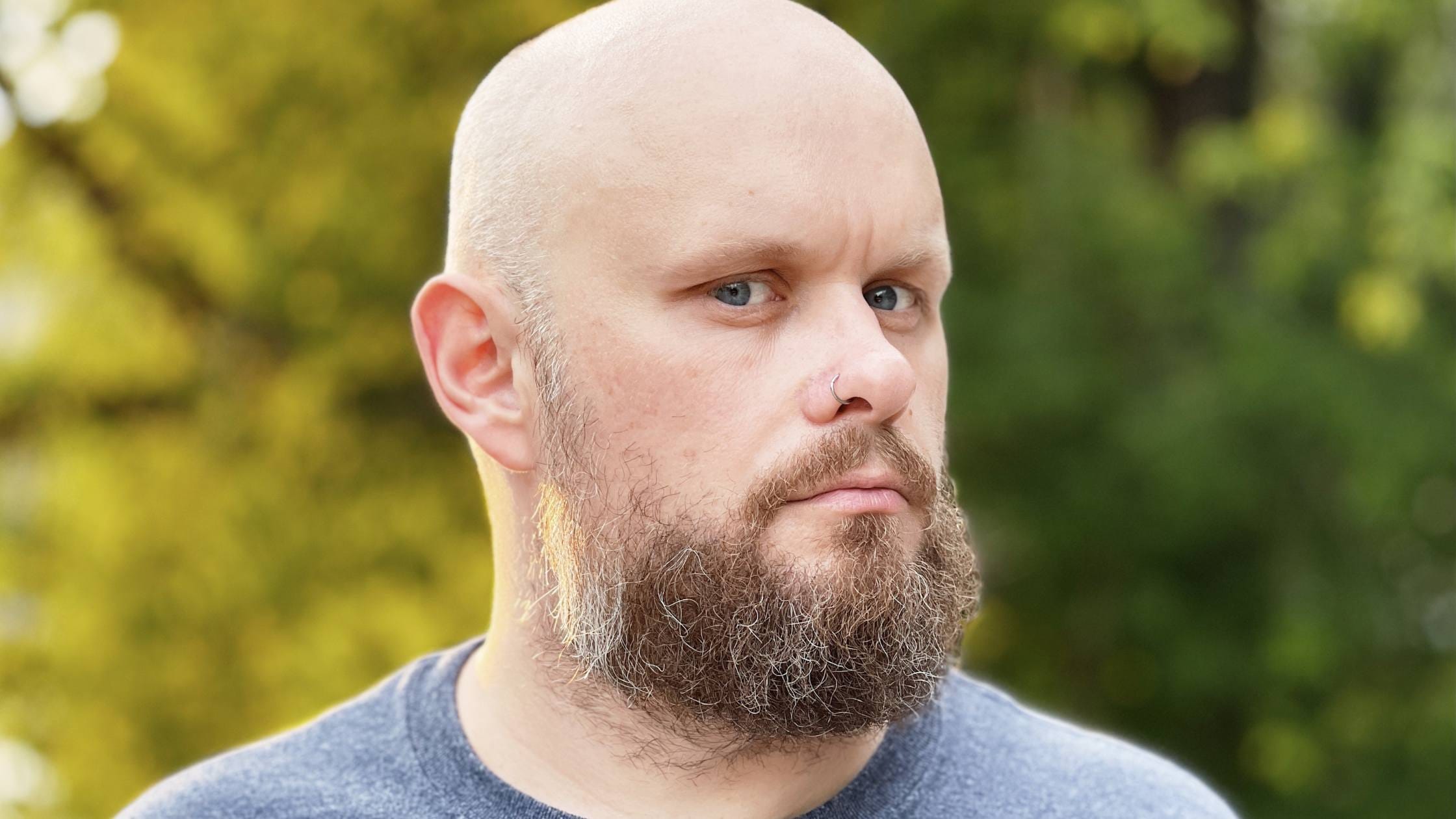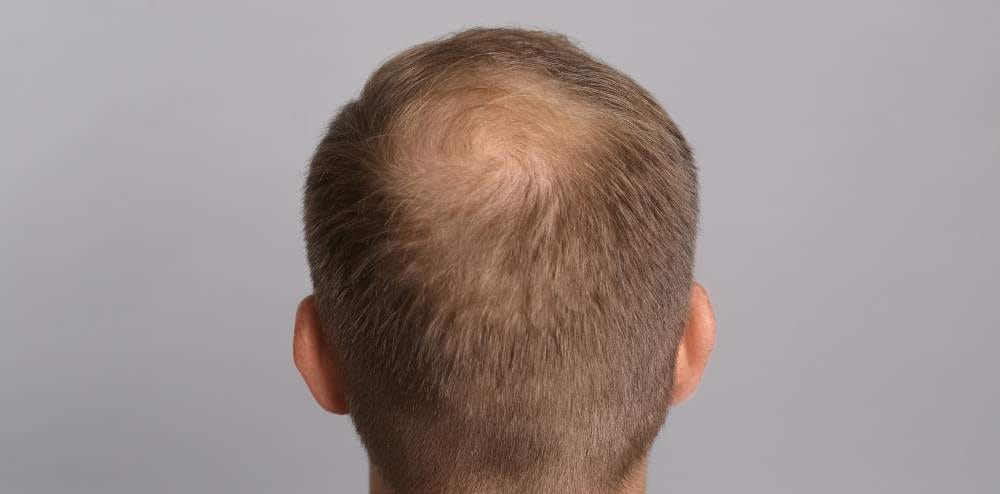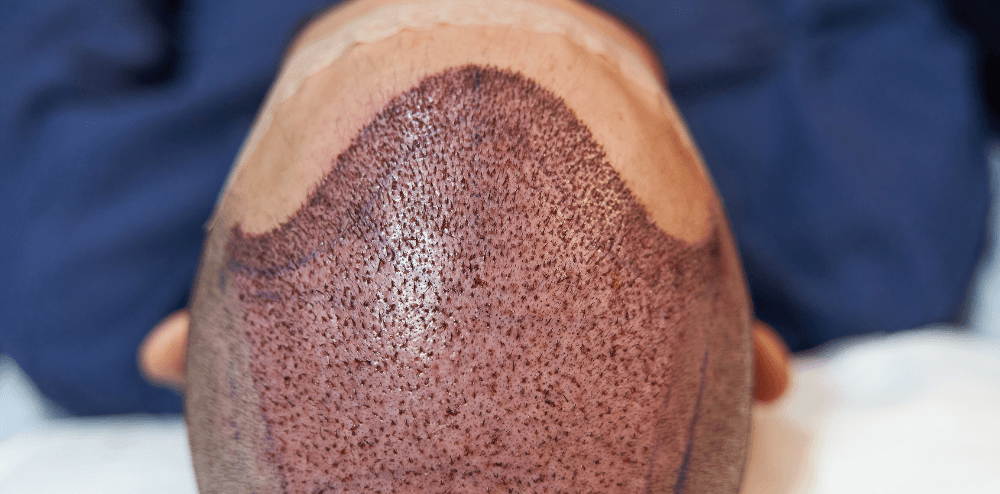Many people experience severe distress as a result of hair loss, which affects their confidence and self-esteem. While hair transplant is a popular and effective treatment option, it may not be appropriate for everyone for a variety of reasons, including medical issues or personal preferences. Fortunately, there are other methods, such as scalp microblading, that can help restore the look of longer hair. We will look at the benefits of scalp microblading, how it works, and what to expect from the surgery in this blog post.
What exactly is Scalp Microblading?
Scalp microblading is a cosmetic technique that includes using a handheld instrument and pigments to create microscopic, hair-like strokes on the scalp. It replicates normal hair development patterns and can provide the illusion of thicker, fuller hair. The process is comparable to brow microblading, except it is intended exclusively for the scalp. The pigments used are semi-permanent and fade over time, lasting up to three years on average.
The Advantages of Scalp Microblading
Scalp microblading has various advantages for people who are experiencing hair loss or thinning. For starters, it can provide a natural and genuine impression of fuller hair. It may also be a less expensive and less invasive option than hair transplant. Scalp microblading may also be an option for those who are ineligible for hair transplantation, such as those with specific medical issues or with minimal donor hair.
How Does Microblading on the Scalp Works
There are various steps involved in the scalp microblading treatment. The scalp is first cleansed and numbed with a topical anesthetic. The colors are then applied using a handheld tool that makes small, hair-like strokes. Depending on the size of the treatment region, the procedure can take several hours. To guarantee excellent healing and long-term outcomes, it is critical to follow the aftercare guidelines offered by the clinician following the surgery.
Scalp Microblading Candidates
Regardless of gender or age, scalp microblading may be an appropriate alternative for those experiencing hair loss or thinning. It is appropriate for people who have little donor hair or are not candidates for hair transplantation owing to medical issues or personal preferences. Scalp microblading is also a possibility for folks who have had hair transplants and want to improve the appearance of their hair even more.
Scalp Microblading Risks and Side Effects
Scalp microblading, like any cosmetic surgery, has risks and potential negative effects. Infection, scarring, and allergic reactions to the colors used are all possibilities. To reduce the possibility of difficulties, it is critical to select a recognized and competent practitioner that utilizes high-quality pigments and adheres to proper cleanliness and safety practices.
Choosing the Best Scalp Microblading Service in Antalya
If you’re thinking about getting scalp microblading in Antalya, you should go with a trustworthy and experienced practitioner that can give high-quality care and ensure optimal results. Look for a practitioner who has done scalp microblading before and can show you before and after images of their previous work. In addition, ensure that the service uses high-quality pigments and adheres to proper cleanliness and safety regulations.
Scalp Microblading vs Hair Transplant
While both scalp microblading and hair transplant can give the illusion of thicker hair, they are not the same. Hair transplant surgery includes surgically transplanting hair follicles from one location to another, resulting in long-lasting and natural results.
The Methodology
The method for scalp microblading is similar to that of standard brow microblading. To begin, the scalp is numbed with a local anesthetic to ensure the patient has a painless experience. The scalp is then incised using a small, portable tool equipped with micro-needles. These incisions are produced in a way that resembles the normal growth direction and dispersion of hair.
Following that, a pigment is applied to the scalp to fill in the microscopic incisions, giving the appearance of hair. The pigments used are specially tailored for the scalp and to match the patient’s natural hair color.
Depending on the size of the treatment region, the total procedure usually takes 2-3 hours. Patients may suffer some redness and swelling immediately following the surgery, but this usually goes away after a few hours.
Aftercare and Results
Patients must take extra care of their scalp for a few days following the scalp microblading surgery. They should refrain from washing their hair for at least 48 hours and refrain from engaging in any activities that may induce sweating, such as exercise or sauna use, for at least 5-7 days. To protect the scalp, it is also crucial to avoid direct sunlight and to use a broad-spectrum sunscreen.
Scalp microblading produces rapid results that can last up to 2-3 years. Touch-up treatments, however, may be required every 6-12 months to preserve the desired look.
Conclusion
For people who are not ready or do not want to have a hair transplant, scalp microblading is a safe and effective alternative to traditional hair restoration treatments. We provide scalp microblading as well as other hair restoration treatments such as beard transplant and hair transplant at our Antalya hair transplant clinic.
If you are considering scalp microblading or another hair restoration therapy, our skilled team can assist you in achieving your desired look. Contact us immediately to set up a consultation and begin the process of recovering your confidence and a fuller head of hair.







